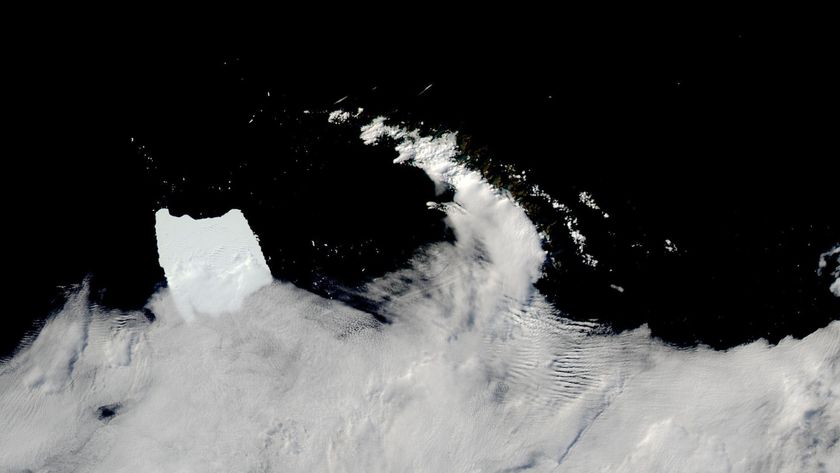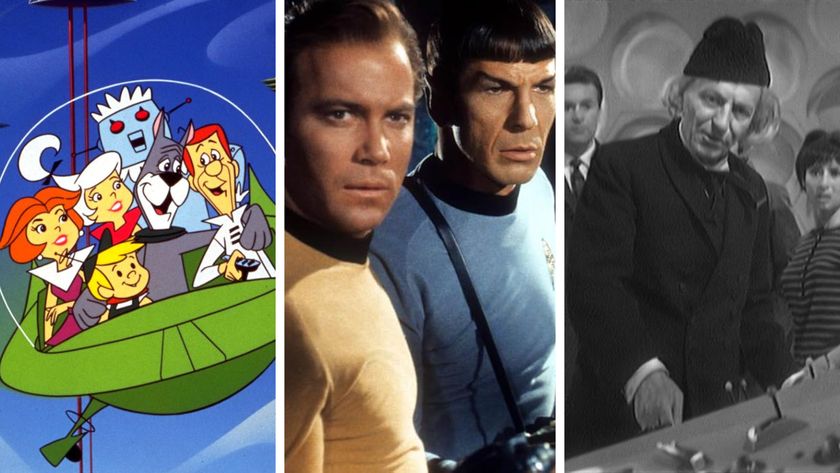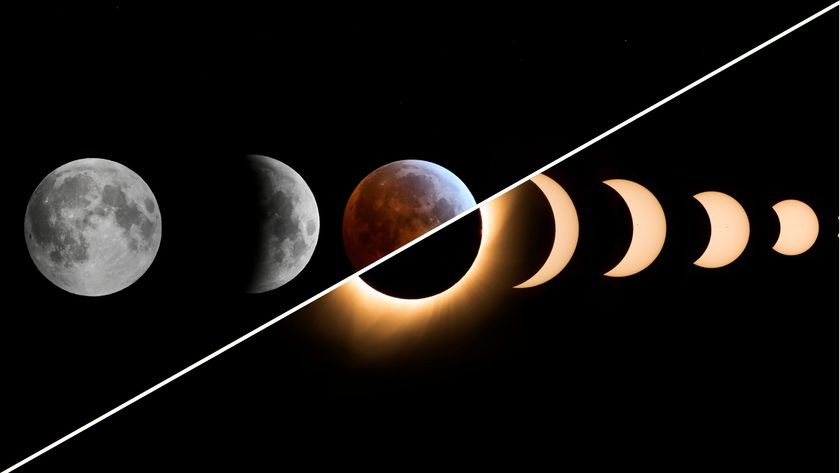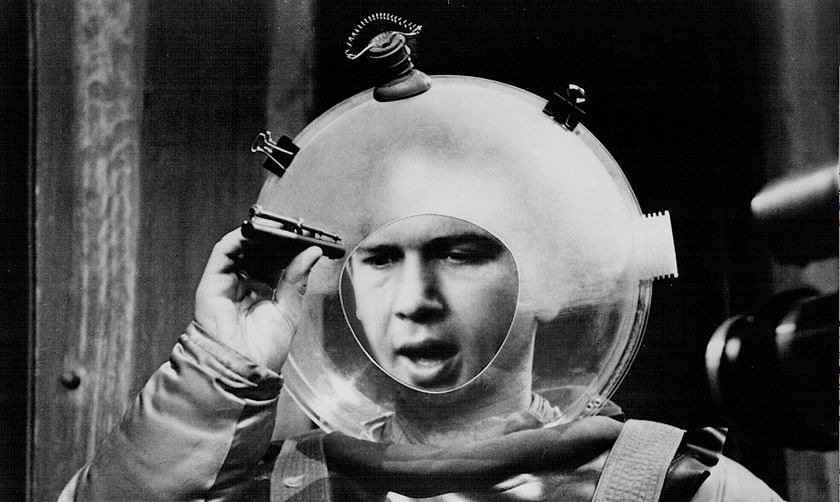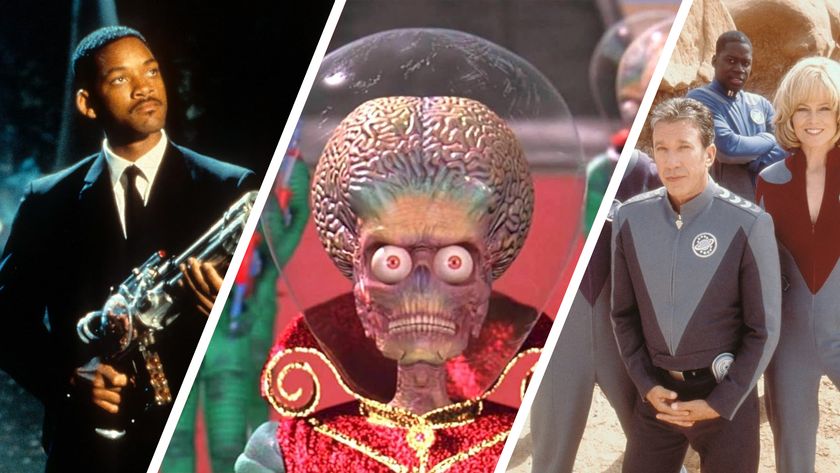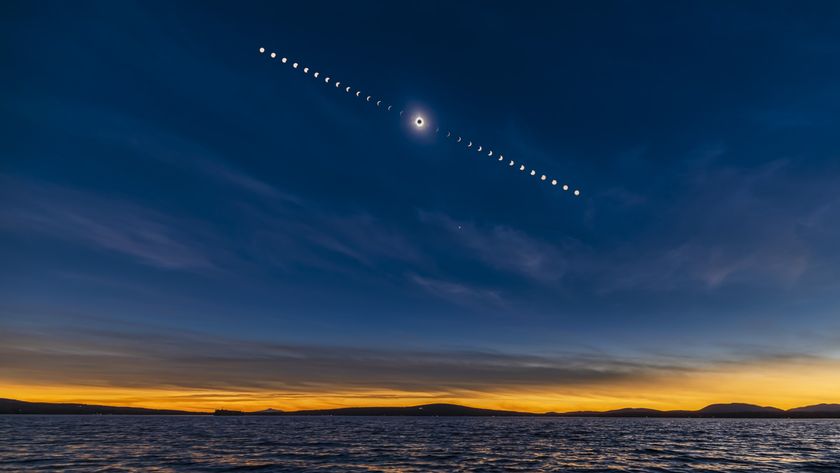The First Hot-Air Balloon Flight
Reference Article
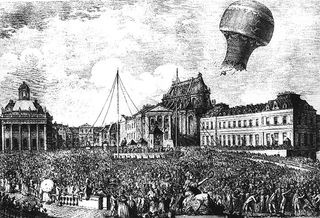
In 1783, two brothers demonstrated their invention, the hot air balloon, before a crowd of dignitaries in Annonay, France.
Joseph-Michel and Jacques-Étienne Montgolfier, prosperous paper manufacturers (a high-tech industry at the time), experimented with lighter-than-air devices after observing that heated air directed into a paper or fabric bag made the bag rise. After several successful tests, the brothers decided to publicly demonstrate their invention.
The Montgolfiers built a balloon made of silk and lined with paper that was 33 feet (10 meters) in diameter and launched it — with nobody aboard — from the marketplace in Annonay on June 4, 1783, according to Encyclopedia Britannica. The balloon rose to between 5,200 and 6,600 feet (1,600 to 2,000 m) and stayed aloft for 10 minutes, traveling more than a mile (about 2 kilometers).
Word of the brothers' success quickly spread, and a demonstration for the king of France was planned. For this flight, the brothers enlisted the help of Jean-Baptiste Réveillon, a successful wallpaper manufacturer, according to the Palace of Versailles museum. The inventors constructed a balloon about 30 feet (9 m) in diameter made of taffeta and coated with a varnish of alum for fireproofing. Réveillion's influence was apparent, as the balloon was decorated with golden flourishes, zodiac signs and suns, together symbolizing the French monarch of the time, King Louis XVI.
First passengers
There was some concern about the effects of high altitude on humans. The king proposed a test using prisoners, but the Montgolfiers instead suspended a basket below the balloon containing a sheep, a duck and a rooster, according to Time magazine. The idea was scientifically sound: The sheep's physiology was thought to be similar to a human's; the high-flying duck was unlikely to be harmed, so it was used as a control. And the rooster was included as a further control because, while it was also a bird, it did not fly at high altitudes.
The balloon and its animal passengers lifted off on Sept. 19, 1783. The flight lasted 8 minutes and was witnessed by the French king, Marie Antoinette and a crowd of 130,000. The device flew about 2 miles (3.2 km) before landing safely.
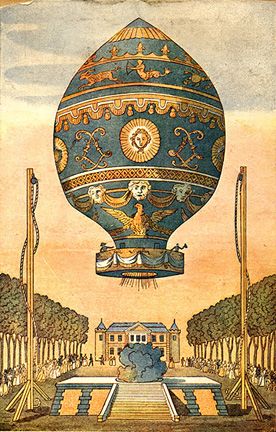
First crewed flight
The Montgolfiers' next step was to test a balloon with a person as the passenger. On Oct. 15, 1783, the brothers launched a balloon on a tether with Jean-François Pilâtre de Rozier, a chemistry and physics teacher, aboard. He stayed aloft for almost 4 minutes, according to Encyclopedia Britannica.
About a month later, on Nov. 21, Pilâtre de Rozier and the Marquis d'Arlandes, a French military officer, made the first free ascent in a hot air balloon. The pair flew from the center of Paris to the suburbs, about 5.5 miles (9 km), in 25 minutes. Benjamin Franklin wrote in his journal about witnessing the balloon take off:
"We observed it lift off in the most majestic manner. When it reached around 250 feet [76 m] in altitude, the intrepid voyagers lowered their hats to salute the spectators. We could not help feeling a certain mixture of awe and admiration."
The first human passenger was also the first victim of balloon travel. Nearly two years after this flight, Pilâtre de Rozier died on June 15, 1785, when his balloon, filled with a combination of hydrogen and hot air, exploded during an attempt to fly across the English Channel, according to the Royal Society of Chemistry.
Advances in ballooning
On Jan. 19, 1784, in Lyons, France, a huge balloon built by the Montgolfiers carried seven passengers as high as 3,000 feet (914 m), according to the U.S. Centennial of Flight Commission.
At the time, the Montgolfiers believed they had discovered a new gas (which they called Montgolfier gas) that was lighter than air and caused the inflated balloons to rise, according to the Canadian Broadcast Corp. In reality, the gas was merely air, which became more buoyant as it was heated. The balloon rose because the air within was lighter and less dense than the surrounding atmosphere, which pushed against the bottom of the balloon.
The limitations of using air for flight were soon apparent; as the air cooled, the balloon was forced to descend. Keeping a fire burning onboard created the risk that sparks would set the bag on fire. Other means of keeping a balloon aloft were considered. On Dec. 1, 1783, less than two weeks after the first free flight, Jacques Alexandre César Charles launched a balloon containing hydrogen, according to Encyclopedia Britannica.
Today, balloons are routinely used in scientific investigations of the upper atmosphere. On occasion, specially designed high-altitude balloons have also carried people into the stratosphere; some individuals have performed parachute jumps in the extremely thin air. Balloons have been considered for space missions to Saturn, Venus and Mars, but so far, Earth is the only planet to have hosted these kinds of expeditions.
Additional resources:
- Learn about how NASA uses balloons for scientific research.
- Read about NASA's Columbia Scientific Balloon Facility.
- Learn how to make your own hot-air balloon at home.
This article was updated on April 9, 2019 by Space.com contributor Elizabeth Howell.
Join our Space Forums to keep talking space on the latest missions, night sky and more! And if you have a news tip, correction or comment, let us know at: community@space.com.
Get the Space.com Newsletter
Breaking space news, the latest updates on rocket launches, skywatching events and more!



